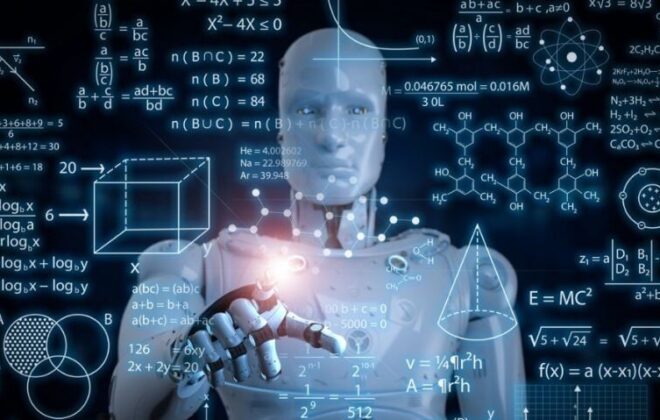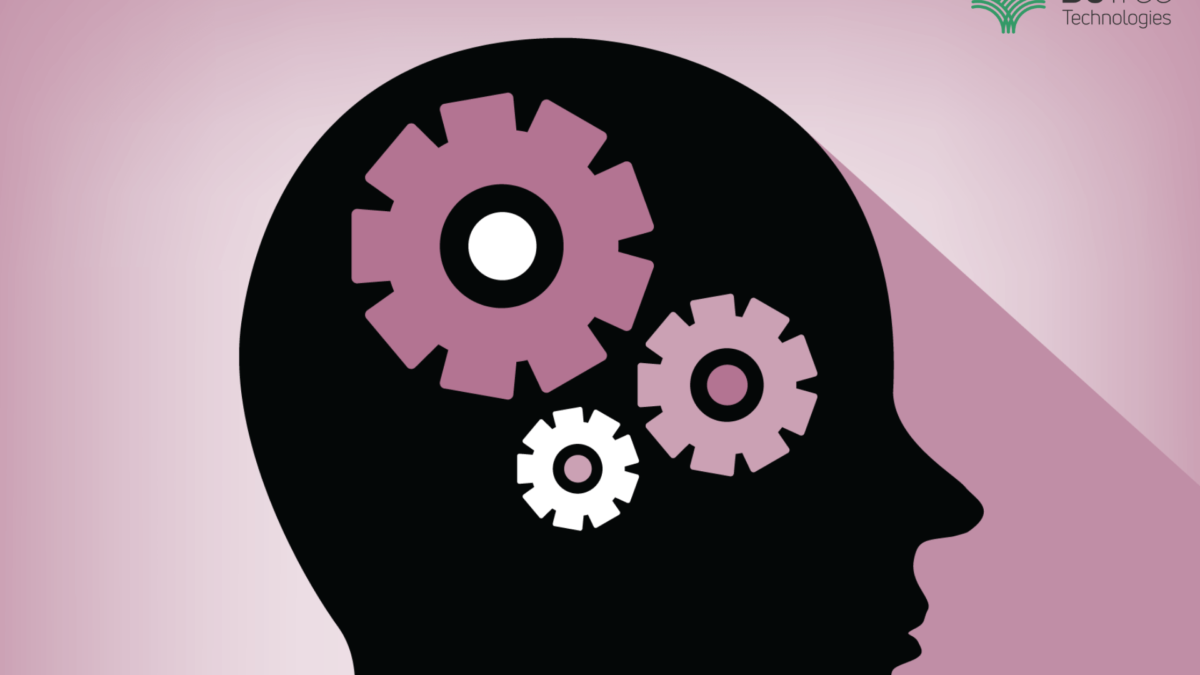
Artificial Intelligence vs. Machine Learning vs. Deep Learning
So you find yourself saying “Well, it’s time we step on to digital transformation for our organization. Let’s look at the technologies we can implement.”
When you complete saying that sentence, the first thing that comes to your mind is Artificial Intelligence(AI) systems. You think of intelligence machines that can execute tasks on their human and make insightful decisions – like Sophie or Watson, , two of the best AI solutions of this decade.
“So artificial intelligence(AI) is what we need.”, you say to yourself
Yes and No. Yes, in the sense that AI machines are useful for digital transformation. Artificial Intelligence solutions have what it takes to improve the company’s operation.
No in the sense that you will integrate Artificial Intelligence with the help of algorithms which build the foundation for these systems. So you are not integrating AI but the algorithms that make AI machines work.
Here’s a simple explanation – The process that you want to improve through digital transformation will be optimized through AI machines.
These machines will be developed using a subset of AI – Machine Learning Algorithms. To go further deep – your organization can also implement Deep Learning – a subset of Machine Learning.
7 Machine Learning Challenges Businesses Face While Implementing
Difference between Artificial Intelligence (AI), Machine Learning(ML), and Deep Learning(DL)
You might be confused about whether you should implement Artificial Intelligence Systems, Machine Learning Programs, or Deep Learning Algorithms. Differentiating AI applications from ML and DL programs may be challenging.
Let us clear this confusion for you.
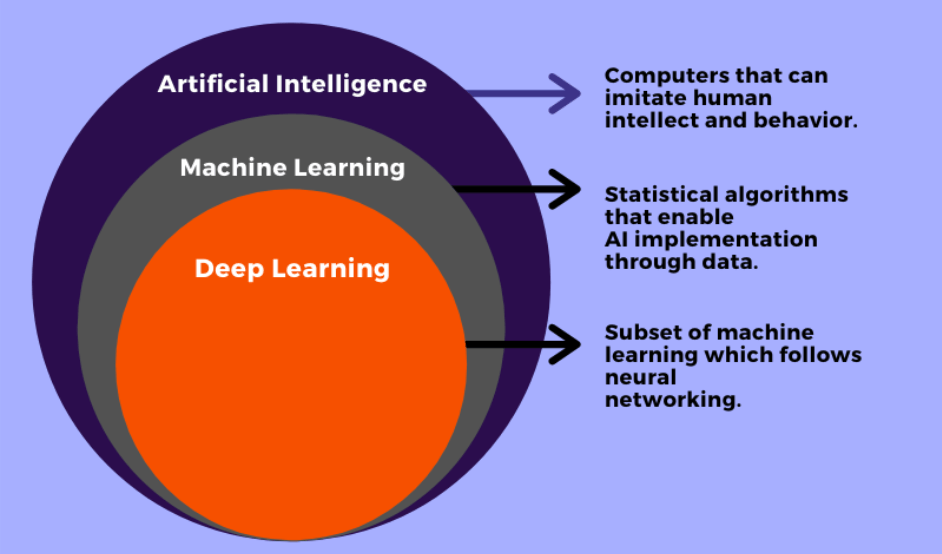
What is Artificial Intelligence(AI)?
Artificial Intelligence is the technique of developing machines that imitate human behaviour. It provides objects, machines, and systems the ability to simulate real-world actions.
Think of this way – Artificial Intelligence(AI) systems are machines that think and act as humans do. They have an intelligent brain, just like humans do. AI development solutions are built on this technology.
It is useful to your organization in ways you can’t even imagine – an accurate visual perception of data, speech recognition, extracting insights from data, translation of documents and languages, and much more.
Artificial Intelligence doesn’t require human intervention. It is one of the primary reasons scientists are concerned about its future. But if used properly, Artificial Intelligence(AI) machines can be the biggest advantage for your business.
The best example of Artificial Intelligence(AI) in today’s world is Siri. Apple Inc. developed Siri, which imitates human behaviour and learns from the user’s choices. It acts as a personal virtual assistant for people all over the world.
Do you know why your business needs to implement Artificial Intelligence? 54% of business executives say that they already see a productivity increase with AI implementation.
Artificial Intelligence is the broader term that is used to talk about intelligent machines. Any system which has intelligence capabilities and imitates human behaviour comes under the horizon of AI.
Let’s move on to the real hard worker behind AI systems and their development. And before that,
If you want to know more about the future of Artificial Intelligence(AI) in Digital Health, read this article.
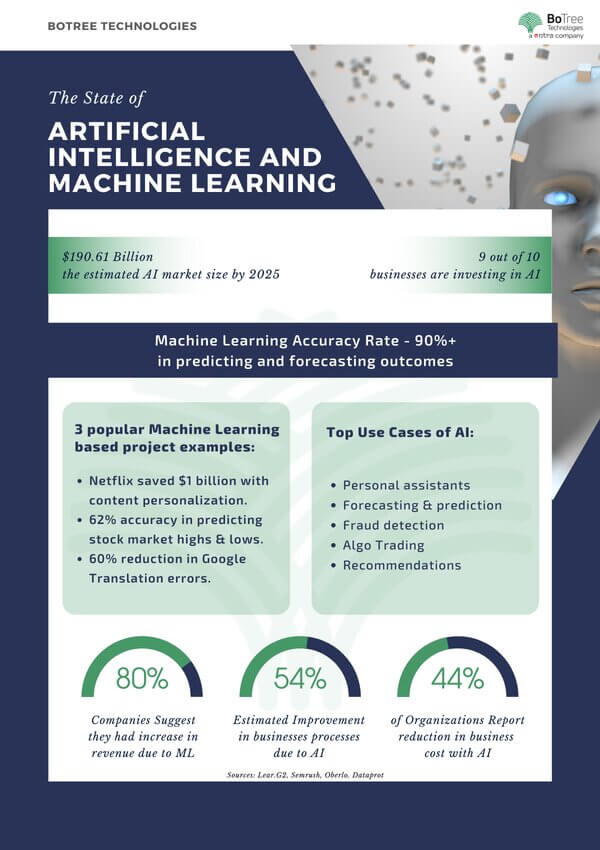
What is Machine Learning(ML)?
Machine Learning is the building blocks behind Artificial Intelligence systems. You might have read somewhere about AI and ML and probably gotten confused.
You may also think that AI is a subset of Machine Learning (ML), but it’s the other way around. Machine Learning is a subset of Artificial Intelligence.
Machine Learning is a technique, approach, or process for implementing Artificial Intelligence which involves parsing massive amounts of data, learning from that data, and making predictions based on that. Machine Learning solutions are built on this technology.
What you should know about Machine Learning programs is that the more data you feed them, the better they get at making predictions. These Machine Learning algorithms modify on their own using the datasets.
Tom Mitchell, former chair of the Machine Learning Department at Carnegie Mellon University, and E.Fredkin University Professor at the same said the following about Machine Learning –
A computer program is said to learn from experience E with respect to some class of tasks T and performance measure P if its performance at tasks in T, as measured by P, improves with experience E.
Machine Learning algorithms modify themselves based on data without any human experts. Once your business has enough data, you can feed it to the Machine Learning programs. Your future predictions will be in your hand within no time.
Here’s what machine learning systems has already achieved – Netflix saved nearly $1 billion in 2017 through Machine Learning by making a personalized recommendation engine. Now imagine how much it would have saved in 2020? You can also save massive costs through Machine Learning as well.
Read more: The Impact of Machine Learning in the FinTech Industry
But what type of Machine Learning consulting does your business need? Let’s dive into that.
Types of Machine Learning
There are three types of Machine Learning widely used by AI & ML experts for building intelligence machines and systems. These include:-
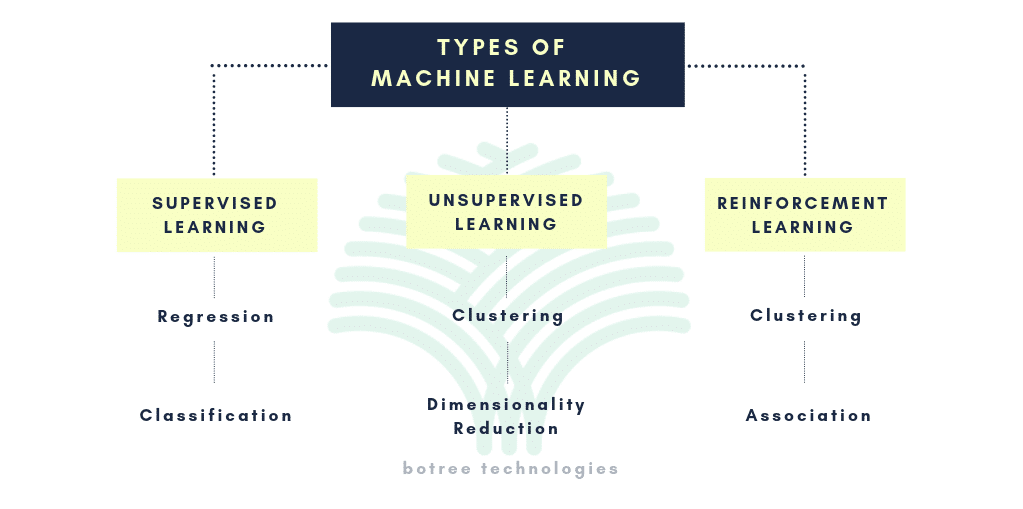
1. Supervised Learning
Probably one of the most commonly used types of Machine Learning is supervised learning. These algorithms work with labelled datasets with fixed input and output parameters. Most Machine Learning services use supervised learning to build applications.
When the Machine Learning algorithm comes across new data, it delivers the correct output based on these predefined parameters. As it receives more data, it corrects itself and makes accurate predictions.
For example, look at the following table:-

The question mark is the value that the supervised learning algorithm will generate. Sure, it is a simple example, but you get the gist of it. Using supervised learning, you can build Machine Learning programs that can provide you with accurate predictions for cost and reduce them twofold.
In real-life, supervised learning is playing a vital role in medical diagnosis. AI & ML experts are working on systems that can detect cancer patients based on a few parameters. It will classify the patients according to the symptoms and check whether they have cancer not.
Supervised learning is best for classification and regressions Machine Learning models. You can read more about these models of Machine Learning development article.
2. Unsupervised Learning
To the beginner, unsupervised machine learning would look like something can have complete freedom of doing what it wants. The thought is scary. However, that is not the case.
Unsupervised learning is not commonly used by small businesses but is an integral part of the digital transformation strategy for big businesses. Remember Netflix’s recommendation engine – it utilizes unsupervised learning.
But it does not mean that experts don’t monitor the Machine Learning algorithms. Unsupervised learning just doesn’t have any labelled datasets. It has to work with unstructured data.
Unsupervised learning makes sense of massive amounts of data through clustering. In a simple model, if there are cars, motorcycles, and airplanes, unsupervised learning won’t be able to tell what is what.
However, Machine Learning programs and Artificial Intelligence(AI) Systems that used unsupervised learning works with a concept called clustering.
The Machine Learning model would cluster all these objects based on their nature. It would make a cluster of cars, a separate one for motorcycles, and another for airplanes.
When any input is given, it will go to the appropriate cluster of data and use it to deliver the output. Netflix saves the user’s watch history and delivers content that is based on history. A classic case of data clustering!
3. Reinforcement Learning
Probably one of the least common types of Machine Learning is reinforcement learning. It involves Machine Learning algorithms that try to find the optimal solution for a problem with minimum errors.
Reinforcement learning is sort of taking the right action for achieving the maximum reward.
A simple example would be that if a salesperson is using a technique and closes only a few deals per month, it will improve or change the method to close more leads.
It may look like supervised learning, but reinforcement learning doesn’t have labelled datasets. It involves deciding which is the best way to perform a task such that the right output is achieved. It is more about the optimal process.
Reinforcement learning involves making sequential decisions through Machine Learning algorithms for your business. The output depends on the current input, and the next input depends on the previous output.
With the help of reinforcement learning, Google reduced its energy consumption by 50%.
If you need more information about Machine Learning(ML) for your business, here’s an article that tells everything you need to know on Machine Learning.
What is Deep Learning(DL)?
Now comes the deepest(excuse the pun) part of Artificial Intelligence(AI) systems. Deep Learning is a subset of machine learning that involves the artificial neural network – the kind of neural network we have in our brains for making connections. Deep Learning algorithms are the advanced applications of AI.
You and many others might confuse Deep Learning with Machine Learning. But Deep Learning vs Machine Learning is a much broader topic.
Deep Learning algorithms are much more complex than simple Machine Learning algorithms. They make use of natural language processing combined with neural network development. Neural networks and deep learning are used in highly advanced AIs like Sophie and Watson.
Neural networks are based on the biological neural networks that we have in our brains. It involves interconnecting different neurons(inputs in the case of Deep Learning) to form an output.
Deep Learning algorithms are highly advanced, and they involve much more computation complexity than Machine Learning programs.
Through a Machine Learning algorithm implemented in a flashlight(for the sake of understanding), the model will learn and train itself to switch on the flashlight whenever you say “dark”.
However, a Deep Learning algorithm goes further beyond and develops connections based on neural networks. So when you say “I can’t see anything without a light”, the Deep Learning AI machines will make the connection and switch on the flashlight.
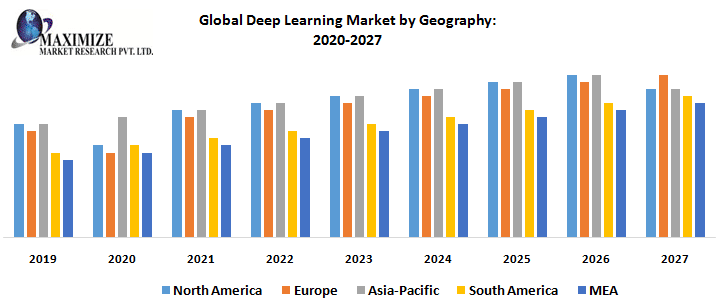
Also Read: The Ultimate List of Qualities of the Best Machine Learning Developer
AI vs ML vs DL: A summary
To summarize, Artificial Intelligence(AI) is the broader technology that covers both Machine Learning and Deep Learning.
Machine Learning algorithms are an approach to implementing Artificial Intelligence systems and AI machines.
Deep Learning is a more comprehensive approach to implement Machine Learning that works with the interconnection of neural networks rather than plain data. Deep learning vs Machine Learning is an essential difference to know.
Now that you know what each of them is, you can clearly make the decision about which one to implement in your organization.
If you need more help in understanding and choosing the right digital transformation technology, you can Talk for FREE with our ML experts, AI experts or DL experts. The choice is yours!

